Otto E Mezzo [8½] (1963)
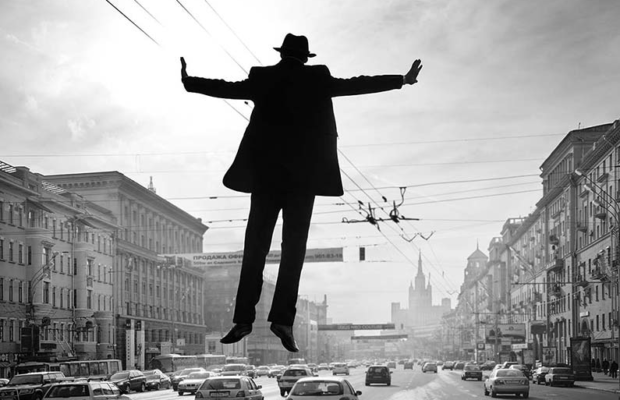
Toronto Film Society presented Otto E Mezzo [8½] (1963) on Monday, August 8, 1983 in a double bill with Sullivan’s Travels as part of the Season 36 Summer Series, Programme 7.
Production Company: Cineriz (Rome) and Francinex (Paris). Producer: Angelo Rizzoli. Director: Federico Fellini. Screenplay: Federico Fellini, Ennio Flaiano, Tullio Pinelli, Brunello Rondi. Photography: Gianni DiVenanzo. Art Direction: Piero Gherardi. Music: Nino Rota. Editor: Leo Catozzo. Assistant Director and Casting: Guidarino Guidi. Sound: Mario Faraoni, Alberto Barolomei.
Cast: Marcello Mastroianni (Guido Anselmi), Anouk Aimèe (Luisa Anselmi), Sandra Milo (Carla), Claudia Cardinale (Claudia), Rosella Falk (Rossella), Madelein Lebeau (The Actress), Caterina Boratto (The Fashionable Unknown Woman), Barbara Steele (Gloria Morin), Mario Pisu (Mario Mezzabotta), Guido Alberti (Pace, The Producer), Mario Conocchia (Conocchia), Jean Rougeul (Fabrizio Carini), Edra Gale (La Saraghina), Ian Dallas (Maurice, the Magician), Anniball Ninchi (Guido’s father), Frazier Rippy (the Cardinal’s secretary), etc., etc. In addition, the entire technical staff participated in the final circus dance scene.
When Federico Fellini’s 8½ was released in 1963, it was regarded as an extremely difficult film, a giant step into hermetic film-making by the man who had made the controversial but still accessible La Dolce Vita (1960). While most audiences were delighted that Fellini had retained in his new work much of the vigorous style of La Dolce Vita, many worried that he might become unduly influenced by the obscurist experiments in chronology and coherence found in Alain Resnais’ Last Year at Marienbad (1961).
Twenty years later, 8½ seems a much simpler work. Newer filmic conventions have acclimatized audiences to unexplained jumps in narrative time, and idiosyncratic directorial styles are more revered than feared. 8½ has become a textbook example of personal film-making, a film which uniquely derives its title from its position in its director’s personal canon; it was made after he had completed 7½ other films.
The film’s immediate subject is the frustration of a film maker who cannot find his way clear to write, cast, stage, or direct a film for the creation of which a large number of impatient participants have already gathered in a luxurious resort. The problem of the impotent artist is by no means a new one, and in fact, reflects a principal preoccupation of many modern writers since France’s Mallarmè first panicked before a barren sheet of paper. But the detailed history of the agonizing creation of a film was new at the time, and appeared to contemporary critics to be an autobiographical account of Fellini’s own artistic block.
Fellini has hotly denied that this film is any more autobiographical than any of his other films, and accounts of the filming of 8½ suggests that the film’s script was well pre-planned and few problems were encountered in actual shooting. Nevertheless, a film made about Fellini’s direction of Satyricon in 1969 (Gideon Bachmann’s Ciao, Federico!) reveals that Fellini at work bears a considerable resemblance in temperament, charm and inventiveness to Guido, the director Marcello Mastroianni plays in 8½. In both his life and his art, the director is a super-star who would, quite literally, like to soar. Furthermore, the fact remains that 8½ seems to be an account of the making of the film we are at the same time viewing, just as André Gide’s Les Faux-monnayeurs offers the creative processes of an author writing a novel of the same title, or Marcel Proust’s A la recherche due temps perdu emerges as the novel that the protagonist eventually realizes he must write.
An initial confusion on viewing 8½ can stem from the fact that the fantastic traffic jam with which the film opens is the first of Guido’s several dreams–in this case a symbol of unproductiveness. It is only when Fellini cuts to the dreamer himself that we can begin to trace a coherent structure in the narrative present. Once the “present” is recognized, it becomes clear that there are two kinds of deviations from it: on the one hand, Guido’s memories of the past, and on the other, his dreams, fantasies and hallucinations. All else is clear sailing.
Allied to Guido’s striving to create the perfect film in his quest for the ideal woman–the angelic creature in white, who manifests herself in the form of Claudia. When Guido recognizes that Claudia is not the answer to his problems of artistic creation and emotional tranquility any more than were his parents, the imponderable La Seraghina, religion, marriage, a mistress, or orgiastic fantasies, he also realizes that his life is as it is–no more and no less–inalterable–and that he has no choice but to accept it in all its parts. In a kind of epiphany, Guido is released from his depression to embrace his past in dance and make a film in which his life will provide the principal content. Seemingly a suicide, he is miraculously renewed and enters into a circle of forgiveness, continuity and optimism.
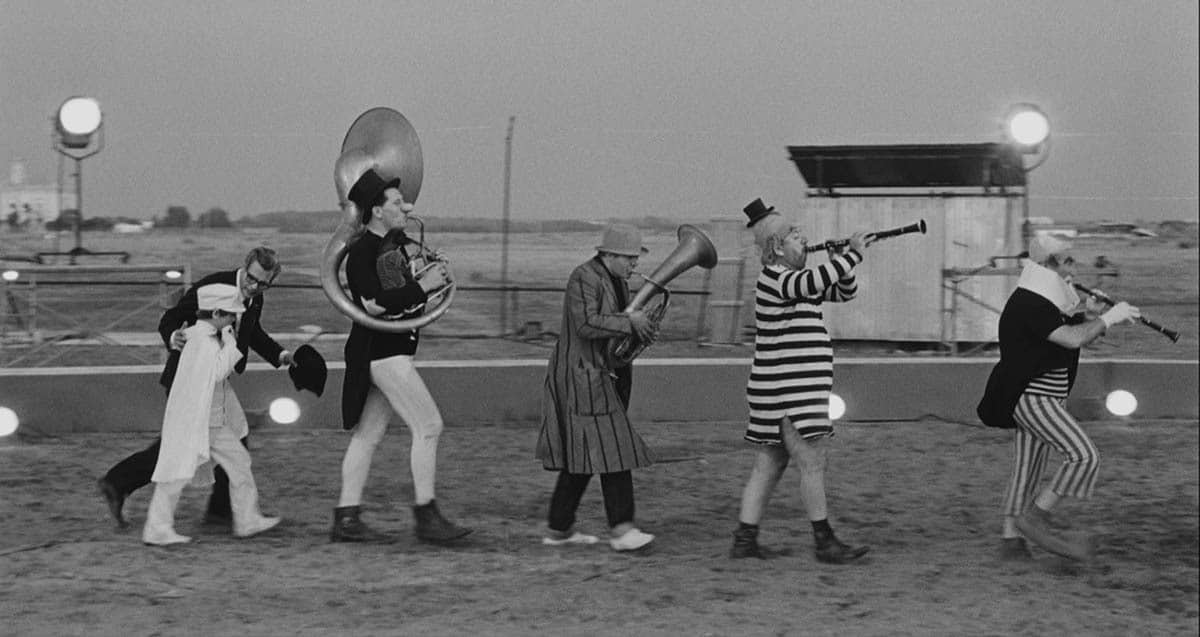
A brief analysis such as the above runs the risk of sounding definitive or making the film appear tiresome. quite the contrary is intended. For the film invites endless readings which in no way should dull the zest of Fellini’s work. Eugene Walter is quoted as saying tat when Fellini began shooting 8½, “he took a little piece of brown paper tape and stuck it near the viewfinder of the camera. Written on it was: ‘Remember That This is a Comic Film.'” Nino Rota’s joyous score is perfectly in tune with the virtuoso camerawork. Both music and camera serve to fulfill Fellini’s general creative intention with which we conclude–in a translation from his own words: “It is the attempt to create an emancipation from conventional schemes, a liberation from moral rules, that is to say the attempt to retrieve an authenticity of life rhythm, of life modes, of vital cadences, which is opposed to an inauthentic form of life.”
Notes by Cam Tolton

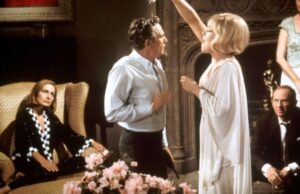
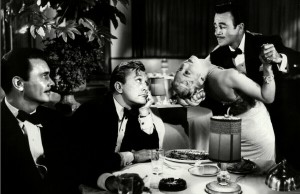
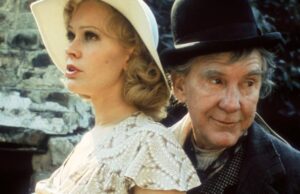






Leave a Reply